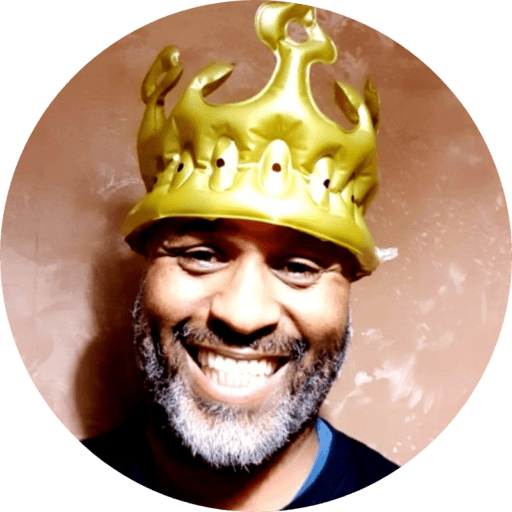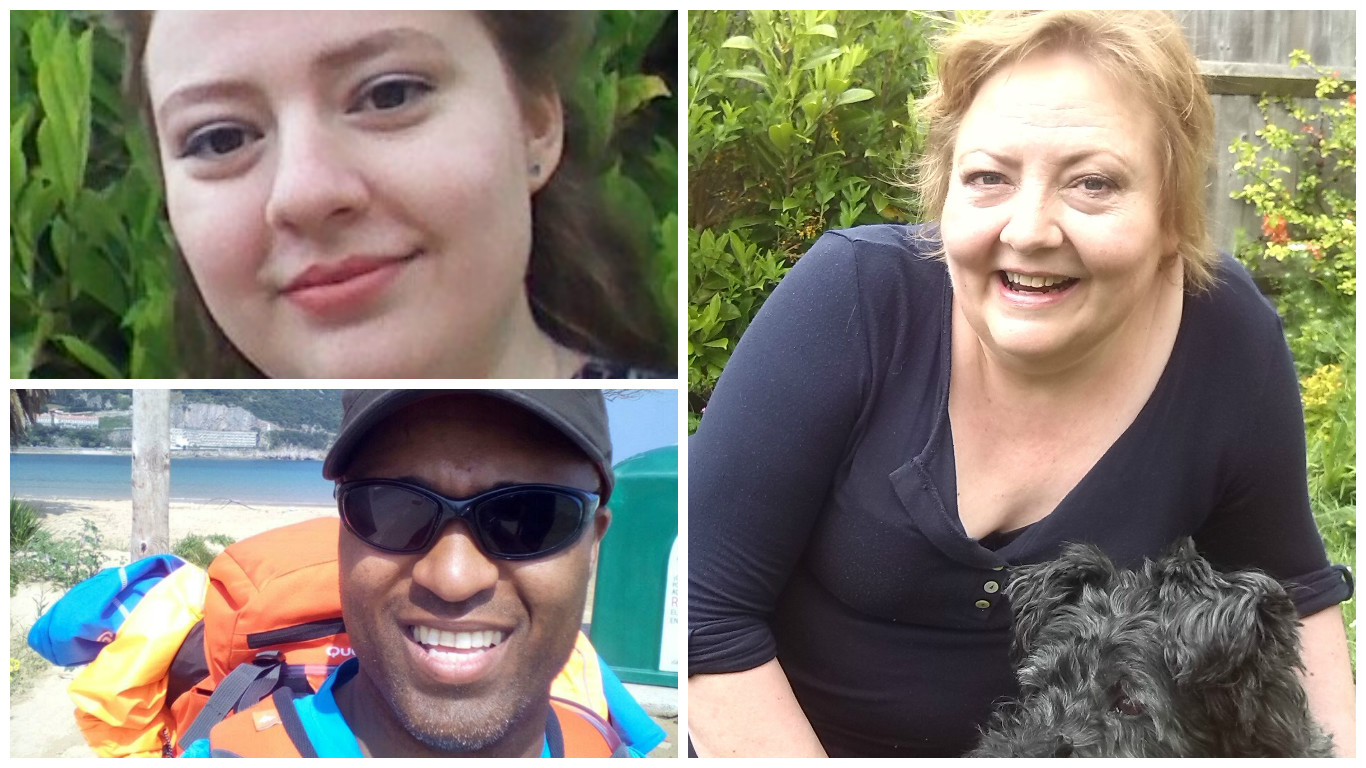2004
I was a pretty normal little girl and I loved playing with all my friends that lived on my street, enjoying anything that gave me a chance to get mucky like painting, ‘helping’ with DIY and jumping into any mud I could find.
The carefree way I lived my life, being able to spend time being a kid without constant thoughts about the state of my health and my future.
Pain. Sleep. Disorientation. Sleep. Anxiety. Sleep. Depression. Sleep. All strung together into a day, I will be unable to tolerate noise, bright light and human interaction will be beyond me, I will be dozing in bed while life goes on around me.
My best day with ME is when I can get through a standard day (being able to wash and dress myself, cook myself to one meal and perform one household chore) without being in physical pain or crying by bed time.
I get out of bed at 13.00 and eat something easy to prepare for breakfast. I prioritise the task for the day (for instance put a wash load on) I then go back to bed from 2.30-5.30, wake up and eat dinner prepared by someone else, do a light activity such as sewing or watching TV in the evening before going to bed around 22.00. One day a week I attend a counselling session to help me fight the anxiety, depression and low self esteem mostly caused by being so restricted from such a young age.
I look exactly like you. I don’t sit in a chair (due to poor hand eye coordination and concentration I am actually unable to drive one when tired!) and I don’t have a white stick but my illness is still debilitating.
Every time I need to use a disabled toilet because I cannot physically stand in a queue I am scared that someone will call me out. “Faker”, “You don’t LOOK sick” and “Skiver” have followed me like a cloud since I was 11 years old, making it hard for me to take the steps I needed to really rest and recover for fear of the anger of the teacher, the nurses or even my friends.
Please think before you stick up for the disabled by accusing people of abusing disabled spaces, 96% of disabled people do not use wheelchairs (Papworth Trust disability facts and figures 2010) but we need them too.
If I say I can’t do something don’t try to persuade me (or any sufferers in your life) that I could do it if I tried or that I should try a treatment that worked for your second cousins dog sitter, I know my body and I have tried everything. Even if it comes from the best possible place you won’t be telling me anything new!
Thank you for reading this, the fact that I can share my story shows how much improved I am. When you are with a person with ME it’s probably because they are at the peak of their health and what you wont see is the impact of that interaction on the rest of their lives.
Here is Giselle’s story:
1990
Busy, fun, hopeful, hard working
Walking and being “myself” I don’t recognise the person I have become.
Being in so much pain and having so little hope that I started thinking about committing suicide. I promised myself that if in a year’s time nothing had changed I could do it. Luckily for me as I understood more about pacing things did improve.
It is difficult to say as ME is such a long journey. Was it the first time I woke up without a fever, or was it when I managed to walk to the end of my front garden path (5 metres!).
A day without pain is pretty good. Many of the “big days”, the birth of my daughter for example, are difficult to remember. Having ME seems to interfere with laying down memories. I think the best day is yet to come.
I wake up at 11.30, come around slowly, empty the dishwasher and get breakfast. During breakfast, I decide what the top priority task for the day is and try to get it done. I can do about 40 minutes before I need to rest so it might be an opticians appointment, mending something that has broken, doing my finances, getting the food bought.Then if I am pacing properly (not always the case) I rest for an hour listening to the radio. By now my daughter will be up and we will decide who is best able to walk the dog, if neither of us can manage we call my mum, who is 84, and she walks the dog for us! Once the dog is walked there is a huge sense of relief as she has been looked after. If I have walked the dog that is my second 40 minutes used up and I am resting again.I have one activity session left which I often use to cook an evening meal. The evening is most often spent watching TV as it is a reasonably low energy activity which I can usually manage. I will get to bed at 11.30.Unfortunately sleep is unpredictable, It might take me an hour to get to sleep or 5 hours. When I was working part-time not sleeping was a huge problem. I feel lucky everyday that I am now living on my savings and I can be much more relaxed about it and just get what sleep I can. It is not an exciting day but it means no constant upper respiratory infections, a brain that can string 2 sentences together and much less pain.Living like this for a day, a week or a month is not a problem, living like it for years means there is little room for friends, work, holidays or family. To include these in your life means you have to push beyond your bounds and make yourself ill. 1 night out might need 3 weeks in bed to recover. So for 3 weeks no housework is done, someone else has to walk the dog and life is put on hold, again.
How difficult it is emotionally, physically and mentally. At the moment it is a life-sentence , it never ends, there is no break from it, each day is a fight to balance what the world demands from you with what you are able to give.
If you want to know what it feels like to have ME then the next time you have a bad case flu think of it lasting for the rest of your life.I would like to emphasise that it has taken me 25 years to get from being up for 10 minutes at a time to now managing 40 minutes 3 times a day. The doctors would classify mine as a mild case of ME or in some circles “cured”. Although it is fantastic that I can now walk the dog for 20 minutes, I can’t do it every day, it hurts, I have to go straight back to bed after doing it and it means I don’t clean my house.
This dedication is part of Mike’s Camino de Santiago walk.
Read why Mike is walking 255 km for ME/CFS/Fibromyalgia.
Please consider supporting important research by making a donation to my JustGiving page and definitely share this post. Thank you.


Leave a Reply